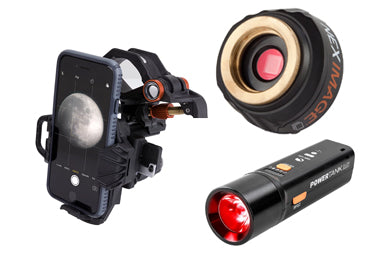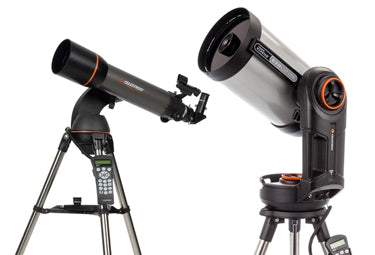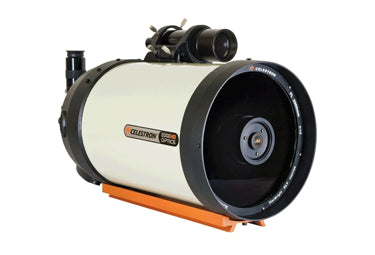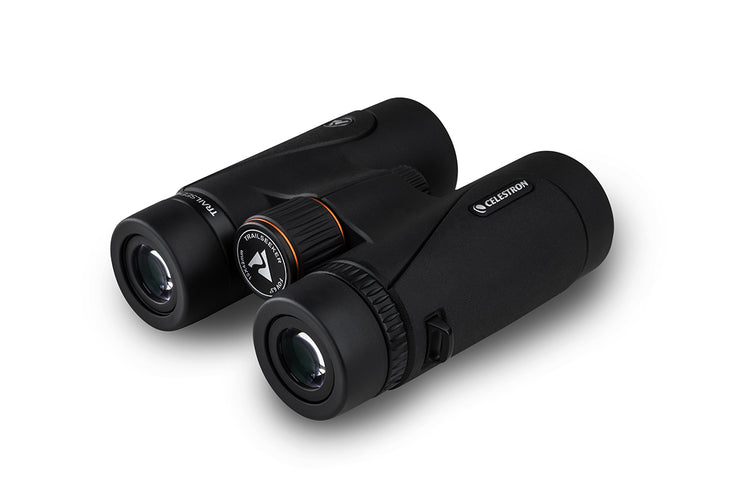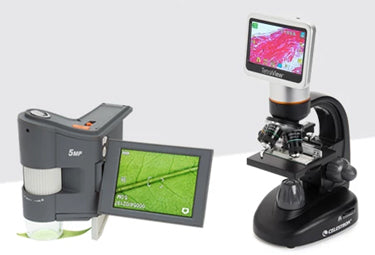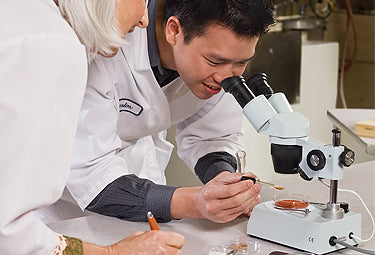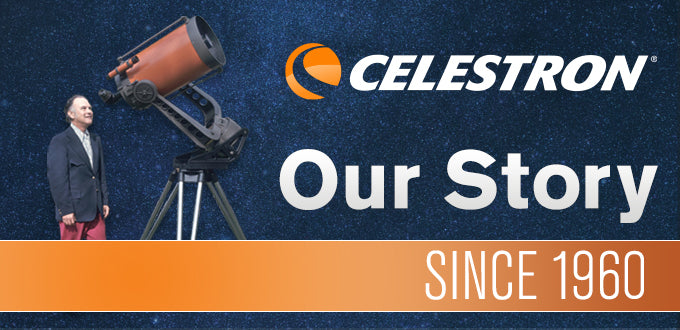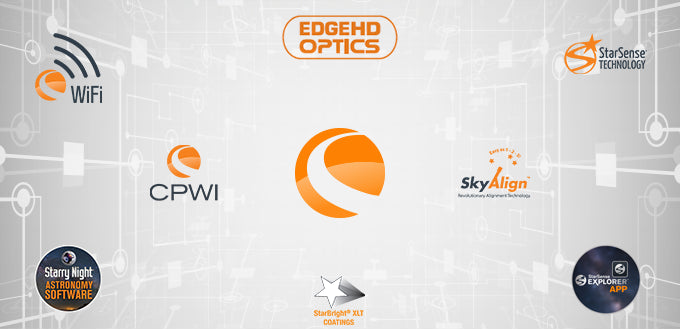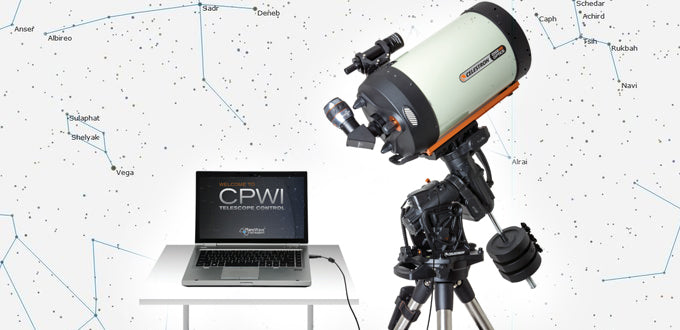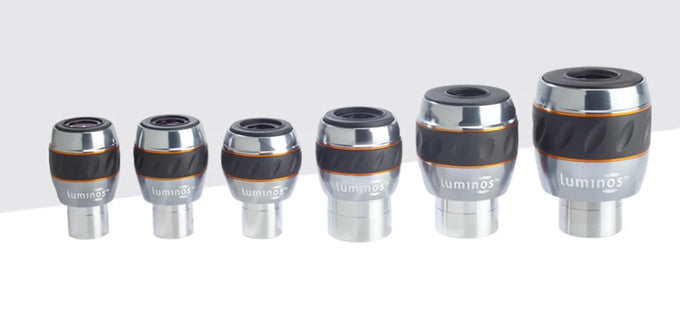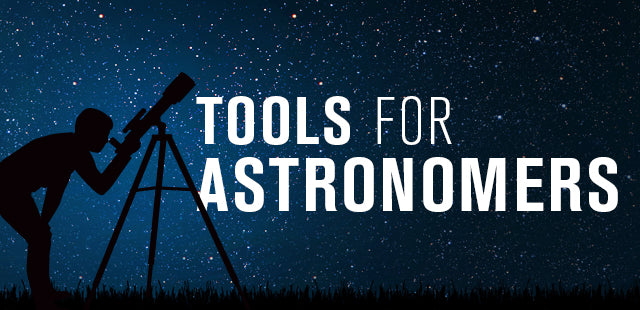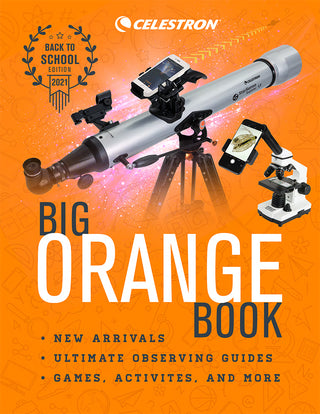EdgeHD: Behind the Scenes with Celestron Engineers
December 2, 2012
Before the DSLR camera, astrophotography was difficult and tedious, often involving manually tracking stars through 30-minute exposures on film. But even back then, amateur astronomers aspired to image the night sky.
“20 years ago, when I was selling telescopes, people would always ask me, ‘Can I put a camera on this?’” recalls Eric Kopit, Director of Product Development at Celestron. “Of course, they would never actually do it, but they always asked that question.”
The advent of the DSLR camera and low-cost astronomical CCD cameras with larger sensors opened up the hobby to a new audience. But these cameras also presented challenges for telescope manufacturers. Optical designs that worked well for visual observing created streaky or “doughnut-shaped” stars in astrophotos.
In response, engineers set about building new telescopes. Unlike the Schmidt-Cassegrain, the next generation of optics needed a completely a flat field to match the sensor chips in digital cameras, correcting the aberrations of field curvature and coma. These flat-field “astrograph” optical designs typically cost tens of thousands of dollars. That is, until Celestron introduced the EdgeHD optical system.
Carrying the Celestron Legacy into the Modern Era
“EdgeHD was a logical evolution for Celestron,” says Corey Lee, Senior VP of Product Development. “We’re applying our ability to mass produce telescopes to astroimaging.”
Back in the early 1970’s, Tom Johnson and Alan Hale shocked the astronomical community by devising a way to mass-produce their Schmidt-Cassegrain telescope at an affordable price.
“They said, ‘Let’s stop just making it for the rich guys; let’s make one that everyone can afford.’ And that’s what created this industry,” explains Kopit.
Inspired by their founders, the Celestron team set out to improve upon Johnson’s designs by making the first affordable astroimaging telescope. The result was an aplanatic Schmidt telescope that could be manufactured and sold for less than ¼ the price of similar telescopes – the EdgeHD.
The EdgeHD Revolution
EdgeHD is one of the most versatile astroimaging telescopes available. Unlike its competitors, which offer just one or two focal ratios, Edge HD systems can image at the prime focus at f(10), with a focal reducer at f(7), and at f(2) with Hyperstar technology.
In keeping with Celestron’s reputation for excellence, EdgeHD telescopes are held to the strictest quality standards in the industry. Each EdgeHD unit is tested at multiple points throughout the manufacturing process.
“We’re not willing to compromise,” explains Lee. “We’ve spent 50 years building our reputation, so we would rather hold back production than send out a telescope that doesn’t meet our standards.”
Once the unit is completed, it must also pass a photographic test to ensure that images produced with the scope stay in perfect focus all the way to the edge of a full-frame sensor(42mm diagonal). Celestron performs this off-axis photographic test on every single unit produced.
The EdgeHD White Paper
In 2012, Gregory Hallock Smith, Roger Ceragioli and Richard Berry published Telescopes, Eyepieces, and Astrographs. In their book, they examined EdgeHD and concluded that it was the only system in its class with a truly flat field in addition to being coma-free.
To build off of the findings of this book, Celestron engineers created a white paper outlining the performance, features, and flexibility of EdgeHD, compared side-by-side next to competing optical systems.
Their white paper also includes detailed information for astroimagers to get the most out of an EdgeHD system. It includes instructions on how to place CCD sensors at the scope’s optimum back focus, producing the best possible astroimages.
The product development team debuted their white paper at the Advanced Imaging Conference 2012, and conference attendees were excited to learn the story behind EdgeHD.
Click here to download the full white paper in PDF format.
The Future of Celestron
Engineers envision a time when EdgeHD technology is just as popular and prevalent as the Schmidt-Cassegrain design was in decades past.
“It’s really our flagship telescope,” says Kopit. “The future is about imaging, and this gives Celestron a telescope that imagers can consider as an option.”
So what’s next? Celestron’s engineers are hard at work developing even more revolutionary products to make astroimaging accessible to everyone.
“We’re committed to producing high-quality astroimaging equipment, including mounts and CCD cameras,” says Kopit. “But since we’re the world’s leading telescope brand, we had to start with the telescope.”
- Andrea Tabor
Social Media Coordinator

